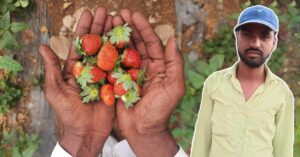Maharashtra Village Fights Sand Mafia for 20 Years, Ensures Its Own Water Security
In Maharashtra's Panegao village, a stunning story of community action was scripted when people banded together to fight a 20-year-long battle against illegal mining by the sand mafia.
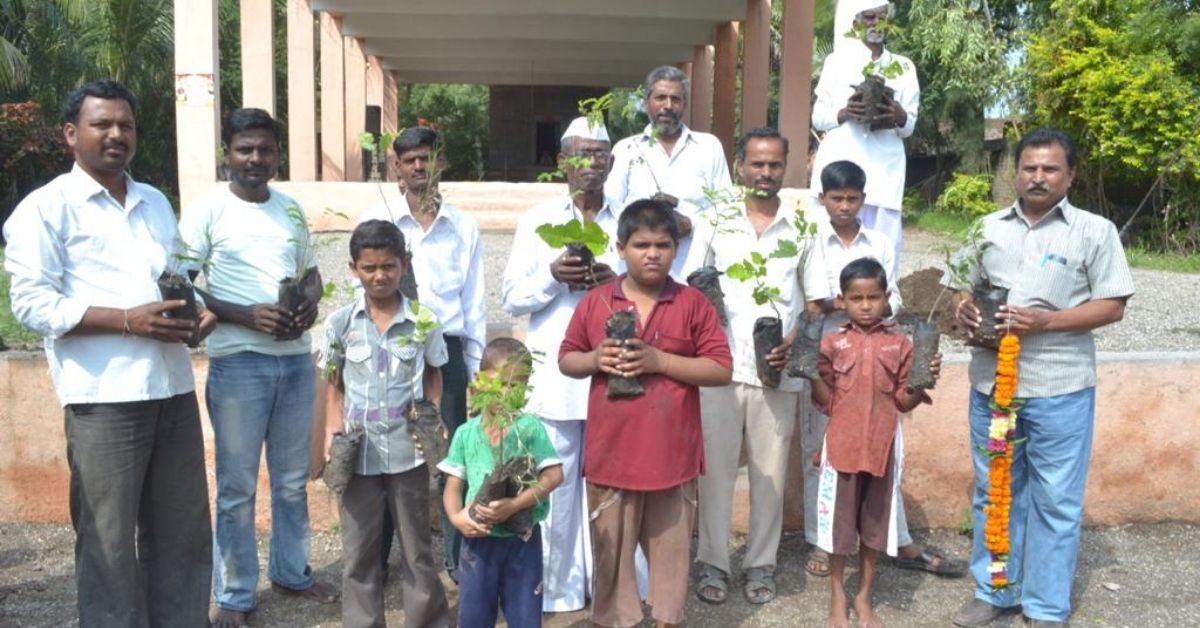
The year is 1997. Ravi Jangale, a student of Class III, is excited to use his brand new colouring book. Just as he pulls out his bright crayons, his mother orders him to put on a fresh set of clothes, and the two hurriedly leave the house. They walk a few metres ahead, and Ravi finds himself part of a massive crowd gathered outside the gram sabha office. He thinks this is a festival, but soon realises that the adults are verbally protesting against an issue, just the way he does when he has to drink milk.
Along with other children and women of Maharashtra’s Panegaon village, he is asked to stand in front of a giant truck carrying sand. Ravi does not know this yet, but he’s just had his first encounter with a protest for the welfare of his people, a majority of whom are farmers.
Standing behind him, Dr Jayvant, in his 20s, puts his foot down and says, “If you want to take sand from our land, you will have to go over our bodies.”
A few hours later, the government-authorised auctioneer leaves the village, providing a sweeping victory for the villagers of Panegaon, whose lives and livelihoods depend on the sand bed of the Mula River.
Dr Jayvant, now 45, who has been at the forefront of this movement, tells The Better India, “Our village falls in the sugar cane belt of Ahmednagar district, and there are no non-farming avenues or factories around. The only source of income we have is farming, and Mula plays an integral role in growing sugar cane, which is a water-intensive crop. If the sand is taken away from the river, water will stop percolating underground, the river will dry up, and during drought-like conditions, we will starve. We have witnessed the terrible repercussions of sand mining in other villages, and that is why we are still fighting tooth and nail to preserve the sand.” Dr Javyant is a general practitioner and a resident of Panegaon.
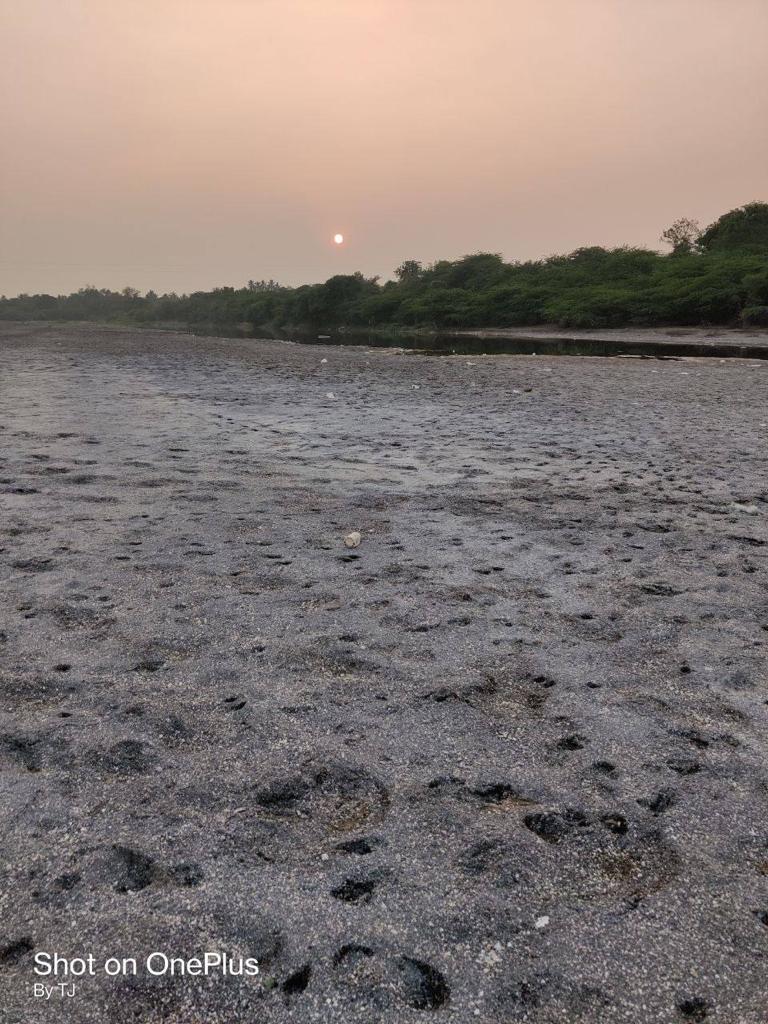
What started as a spontaneous fight against the commodification of river sand due to its high economic returns, has since resulted in a 20-year-old battle. Dealing with authorities who are keen on auctioning the sand, as well as facing the mighty sand mafia without the backing of an organisation or leader, is no mean feat. And yet, these driven villagers have shown impeccable strength in unity with their efforts to preserve a 20-kilometre sand track, with a depth of around 100 feet.
So how did they achieve this commendable feat?
Knocking on the High Court’s door
As the construction industry continues to complain about acute shortage of sand, and thereby frequently engages in sand auctioning, environmental concerns are growing. According to a United Nations study, 40 billion tonnes of sand is consumed every year, which is double the amount of sediments being replenished naturally. Closer home, India is second to China in terms of satiating the sand needs of the construction industry. Despite the guidelines by the National Green Tribunal to control and regulate sand mining, the black market or ‘sand mafias’ have been on the rise.
When the villagers of Panegaon organised their first protest in 1997, they were oblivious to the mounting ecosystem crisis across India and the world. “It is only now, with the growing presence of the media, that India and the world are noticing the long-term effects of unsustainable mining practices. We believed in our cause and stood by it all this time,” says Dr Jayvant.
The then circle officer and contractor had come with a legal permit to extract sand, so the villagers knew that what happened in 1997 would not be an isolated incident, and that the authorities would be back. The only way to stop them was to get another legal order banning sand mining on the Mula riverbed.
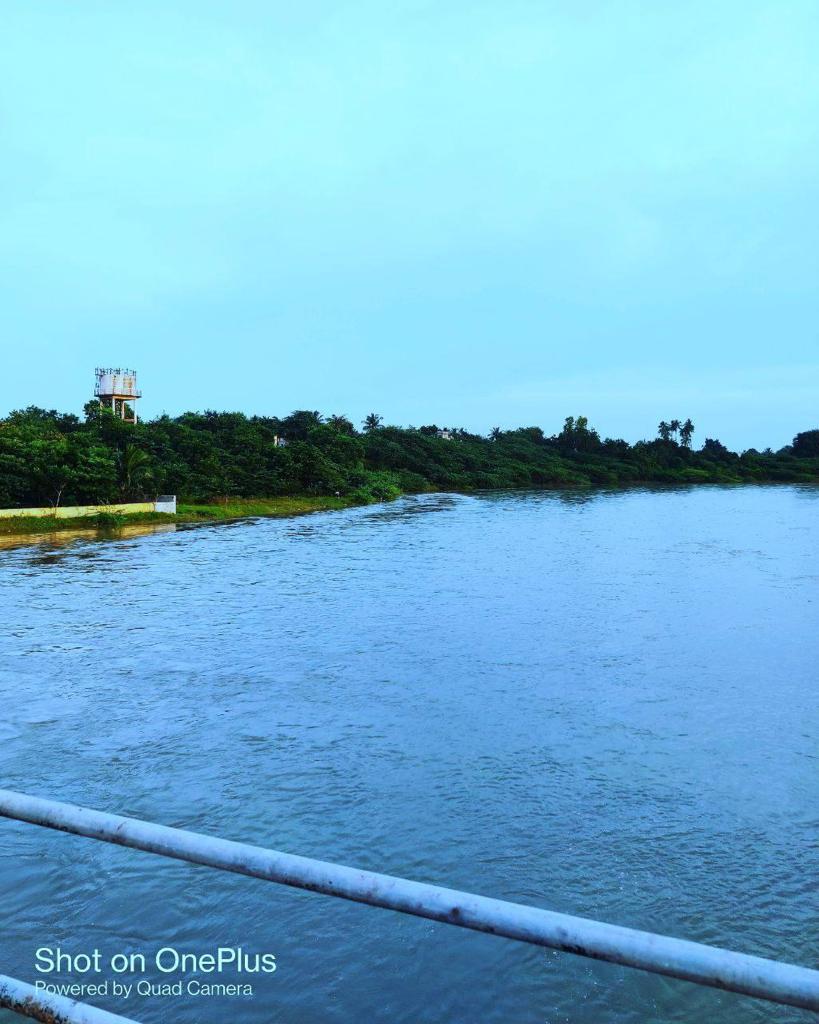
“I remember my father explaining the meaning of things such as a writ petition, and orders issued by a higher court of law to stop an ongoing activity. I was too young to understand the impact, but when I look back on it now, the protest was a very bold move. With some amount of faith in India’s judicial system, the villagers raised funds themselves and filed a petition in the Aurangabad High Court in 2003, seeking a permanent ban on sand-mining,” Ravi, now 29, recalls.
While the High Court gave the stay order, it proved to be only temporary relief, for the order was only for two years. However, after that, the local governing body, which is the gram sabha, has actively been passing resolutions to deter sand mining. Dr Jayvant, who served as the Sarpanch in 2014-2015, says 50 signatories are enough to stop any legal permit to lift sand. Another collective effort was made again to raise Rs 80,000 and hire a lawyer to protect the lucrative sand around 2010.
As the villagers clamped down on the legal permits of contractors, the latter used the under-the-table approach of bribing the gram sabha, says Dr Javyant. “They have tried to bribe us and offer us lucrative job opportunities. But no matter who is elected in the gram sabha, our stand is always united,” he adds.
Inspired by the successful efforts of Panegaon, several neighbouring villages have moved the court to prevent sand mining, according to an EPW report.
In the face of violence and threats
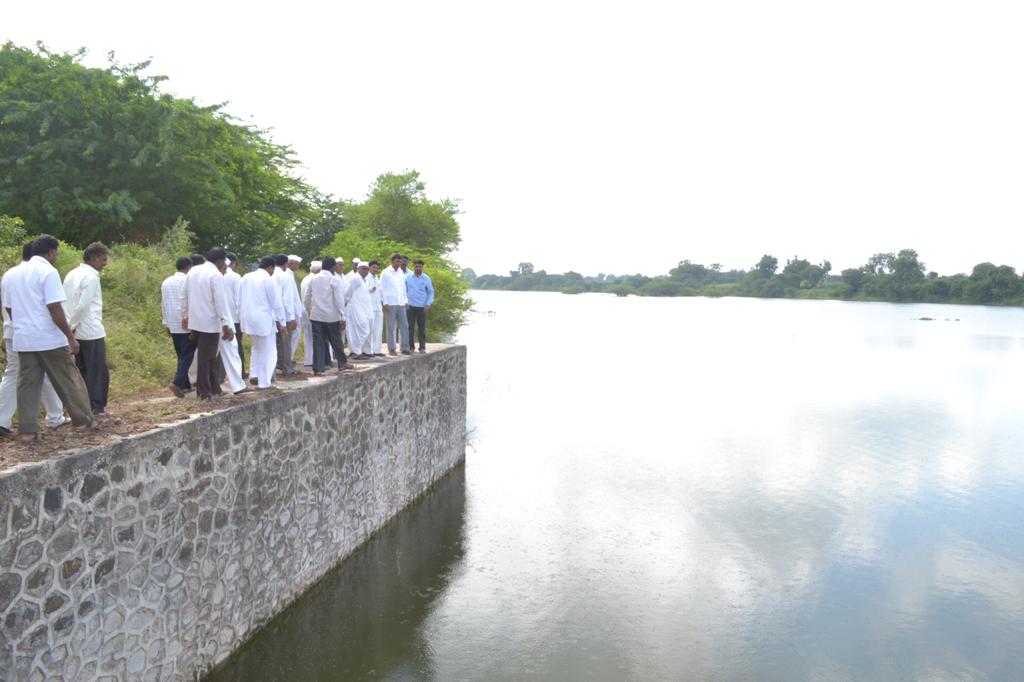
Dealing with authorities and contractors using a legal route is far less dangerous than tackling sand mafias. It is not uncommon to hear of violent incidents or threats made against people who have spoken out against them.
Panegaon village is no different. Residents have been threatened multiple times, but this is a question of life and death, says Dr Jayvant. He says villagers have often had to take turns over the years to guard the riverbed at night.
“Everyone, from a child to an elderly person, is fully aware of sand mining. It has become a part of our routines. Whenever anyone spots a vehicle with sand, the immediate step is to inform the panchayat committee. The committee will immediately alert villagers, and whoever is closest to the truck, will intervene. The villagers have formed human chains around the mafias on multiple occasions, despite warnings and threats” says Dr Jayvant.
To keep a check on the volume of sand being extracted by the villagers for their use, it is mandatory to take the sand on a bullock cart, for which, around four villagers are specially appointed. As an unwritten rule, if a villager wants to use sand for construction purposes, they have to start collecting it two years in advance. This way, rampant extraction is avoided.
Impact: A flourishing river
Sand helps rainwater percolate underground, and increases the level of water tables. This not only ensures abundant water for farmers but also prevents soil erosion and floods. Sand mining has caused river deltas to sink across Asia, underlines a Reuters report.
As Dr Jayvant says, neighbouring villages have faced severe crop losses due to insufficient rainfall in the last two decades. But that has not affected Panegaon’s situation at all.
“Even if there is no rainfall for 2-3 consecutive years, we will still be able to grow sugarcane at our current capacity, despite the crop being water-intensive. Our streams and rivers have never dried up. The groundwater in Panegoan is around 20-40 feet deep, as against 100 feet in other villages,” says Ravi.
Even today, the problem of sand mafias and timely intervention of contractors prevails. The villagers of Panegaon have stopped treating it like a battle, and view it as more of a daily chore now. But the indomitable spirit and futuristic vision of the villagers has certainly made Panegaon a stellar example of what it means to not bow down in the face of adversities.
Edited by Divya Sethu
This story made me
- 97
- 121
- 89
- 167
Tell Us More
We bring stories straight from the heart of India, to inspire millions and create a wave of impact. Our positive movement is growing bigger everyday, and we would love for you to join it.
Please contribute whatever you can, every little penny helps our team in bringing you more stories that support dreams and spread hope.






